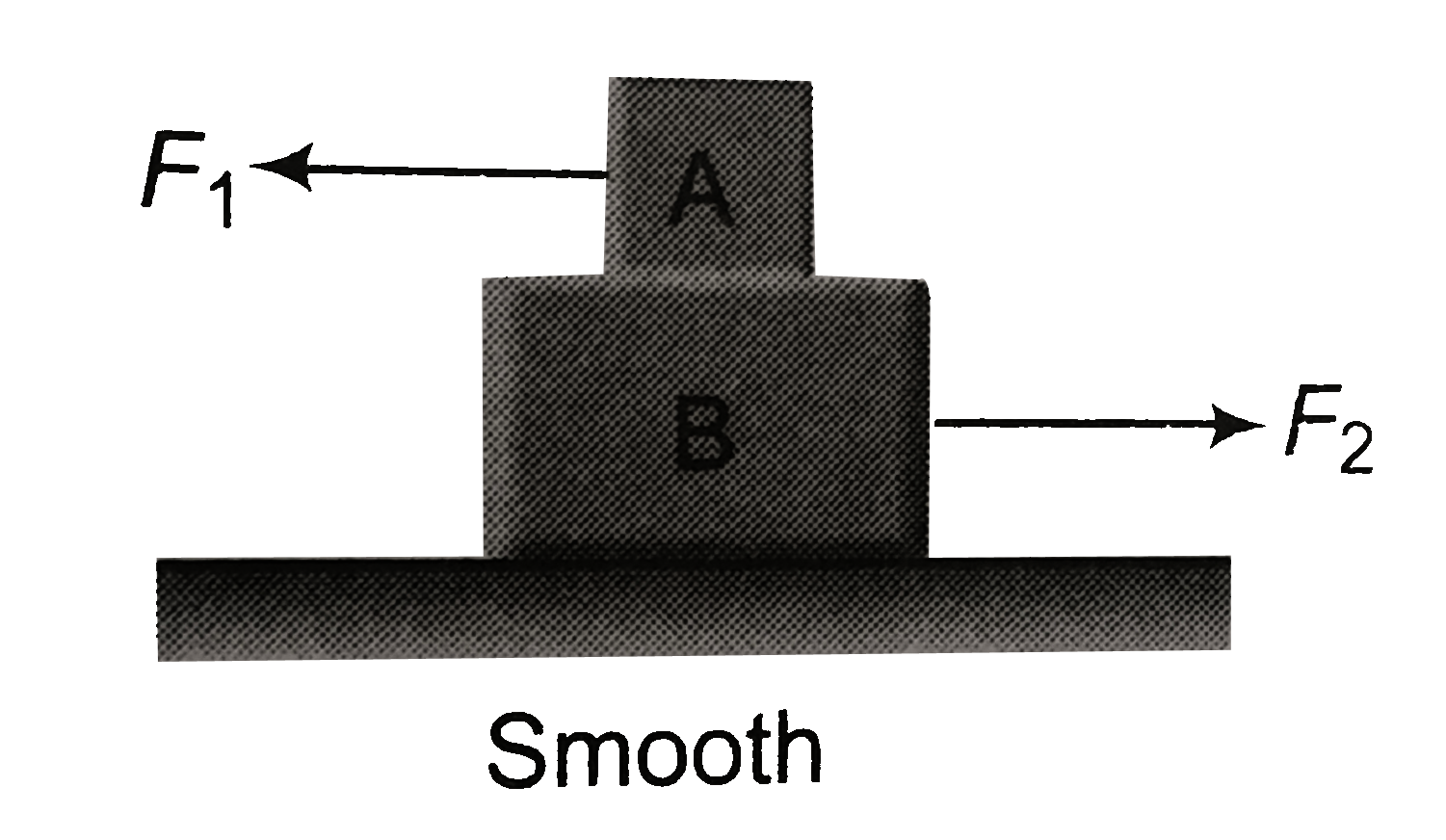A : Work done by friction can increase the kinetic energy of the body.
R : Friction is a type of contact force and it always opposes the relative motion or tendency of relative motion.
If both Assertion & Reason are true and the reason is the correct explanation of the assertion
If both Assertion & Reason are true but the reason is not the correct explanation of the assertion
If Assertion is true statement but Reason is false
If both Assertion and Reason are false statements
To solve the given question, we need to analyze both the assertion and the reason provided.
Step 1: Understand the Assertion
The assertion states that "Work done by friction can increase the kinetic energy of the body."
- Explanation: Typically, friction is known to oppose motion, which means it usually does negative work on an object, reducing its kinetic energy. However, there are scenarios where friction can actually contribute to an increase in kinetic energy, such as when friction allows for the transfer of energy between two bodies in contact. For example, if a block is being pushed and friction helps it to accelerate rather than decelerate, the work done by friction can lead to an increase in kinetic energy.
Step 2: Understand the Reason
The reason states that "Friction is a type of contact force and it always opposes the relative motion or tendency of relative motion."
- Explanation: This statement is true. Friction does oppose the relative motion between surfaces in contact. It acts in the direction opposite to that of the applied force or the direction of motion. This is a fundamental property of friction.
Step 3: Analyze the Relationship Between Assertion and Reason
Now we need to determine if the reason supports the assertion.
- The reason correctly describes the nature of friction as a contact force that opposes motion. However, it does not explain how work done by friction can increase kinetic energy. Therefore, while both statements are true, the reason does not adequately support the assertion.
Conclusion
Based on the analysis:
- The assertion is true: Work done by friction can indeed increase kinetic energy in certain scenarios.
- The reason is also true: Friction opposes relative motion.
- However, the reason does not explain the assertion adequately.
Thus, the correct conclusion is that both the assertion and reason are true, but the reason does not support the assertion.
Final Answer
The correct option is that both A and R are true, but R does not explain A.
---
The assertion states that "Work done by friction can increase the kinetic energy of the body."
The reason states that "Friction is a type of contact force and it always opposes the relative motion or tendency of relative motion."
Now we need to determine if the reason supports the assertion.
Based on the analysis:
- The assertion is true: Work done by friction can indeed increase kinetic energy in certain scenarios.
- The reason is also true: Friction opposes relative motion.
- However, the reason does not explain the assertion adequately.
The correct option is that both A and R are true, but R does not explain A.
Topper's Solved these Questions
- LAWS OF MOTIONBook:AAKASH INSTITUTE ENGLISHChapter:LAWS OF MOTIONExercise:Assignment (SECTION-C)
Explore 63 Videos
- KINETIC THEORYBook:AAKASH INSTITUTE ENGLISHChapter:KINETIC THEORYExercise:EXERCISE (ASSIGNMENT) SECTION - D Assertion - Reason Type Questions
Explore 10 Videos
- MAGNETISM AND MATTER Book:AAKASH INSTITUTE ENGLISHChapter:MAGNETISM AND MATTER Exercise:ASSIGNMENT (SECTION D)
Explore 26 Videos
Similar Questions
Does friction always oppose the motion?
View SolutionA : Work done by the frictional force can’t be positive.
R : Frictional force is a conservative force.
View SolutionThe work done by kinetic friction on a body :
View SolutionIn the figure shown, force of friction on A from B will always be right wards
Friction always opposes the relative motion between two bodies in contact.

View SolutionAssertion :− When a man climbs the rope friction force acts in downward direction.
Reason :− Friction force opposes relative motion ot tendency of relative motion between two contact surfaces.
View SolutionSTATEMENT-1:Work done by a force on a body can be added to kinetic energy of the body.
STATEMENT:2-By principle of homogeneity, any two physical quantities which are added must have same dimensions.
View SolutionA : Internal forces can change the kinetic energy but not the momentum of the system.
R : The net internal force on a system is always zero.
View Solution(A) : When a body moves on rough surface the mechanical energy is not constant
(R) : Friction is non conservative force
View SolutionAssertion: Frictional force is the component of contact force parallel to the surface.
Reason: Friction force always opposes the motion of a body.
View SolutionAssertion : The force of tension on a body always act away from the body.
Reason: Friction force always opposes the motion of a body.
View Solution
